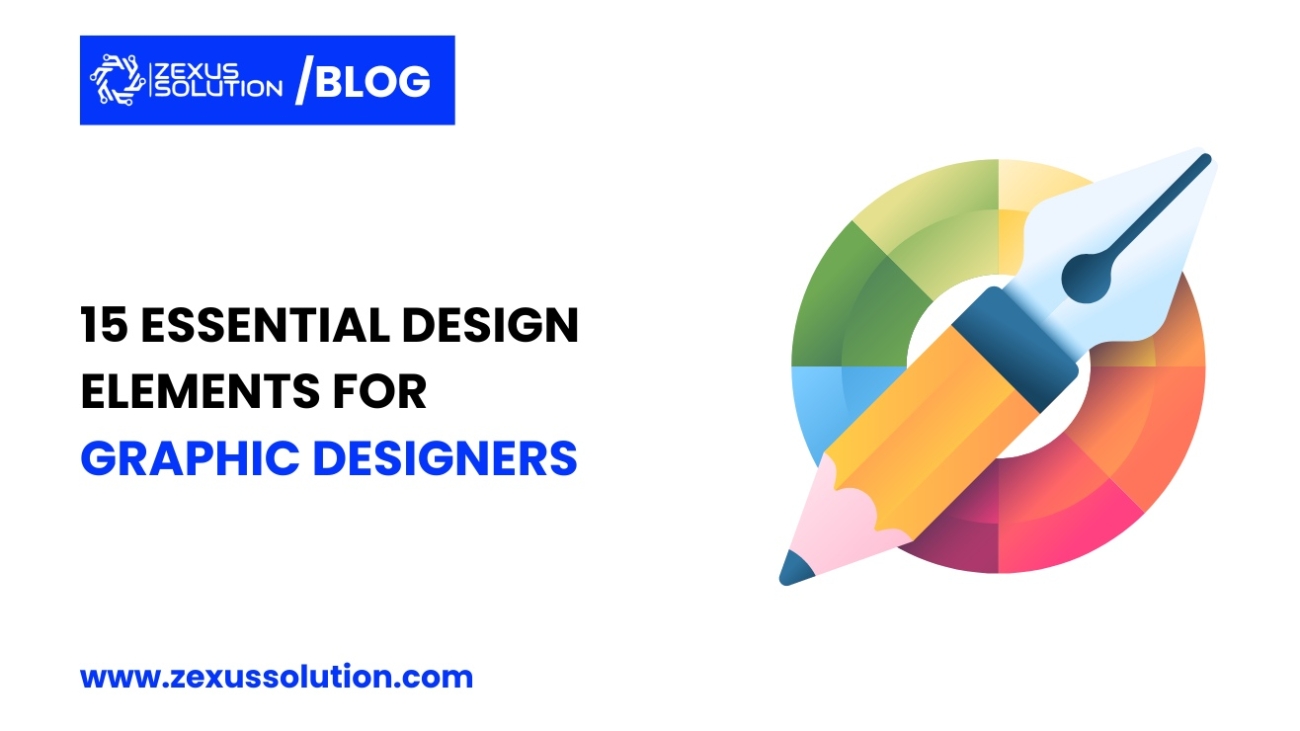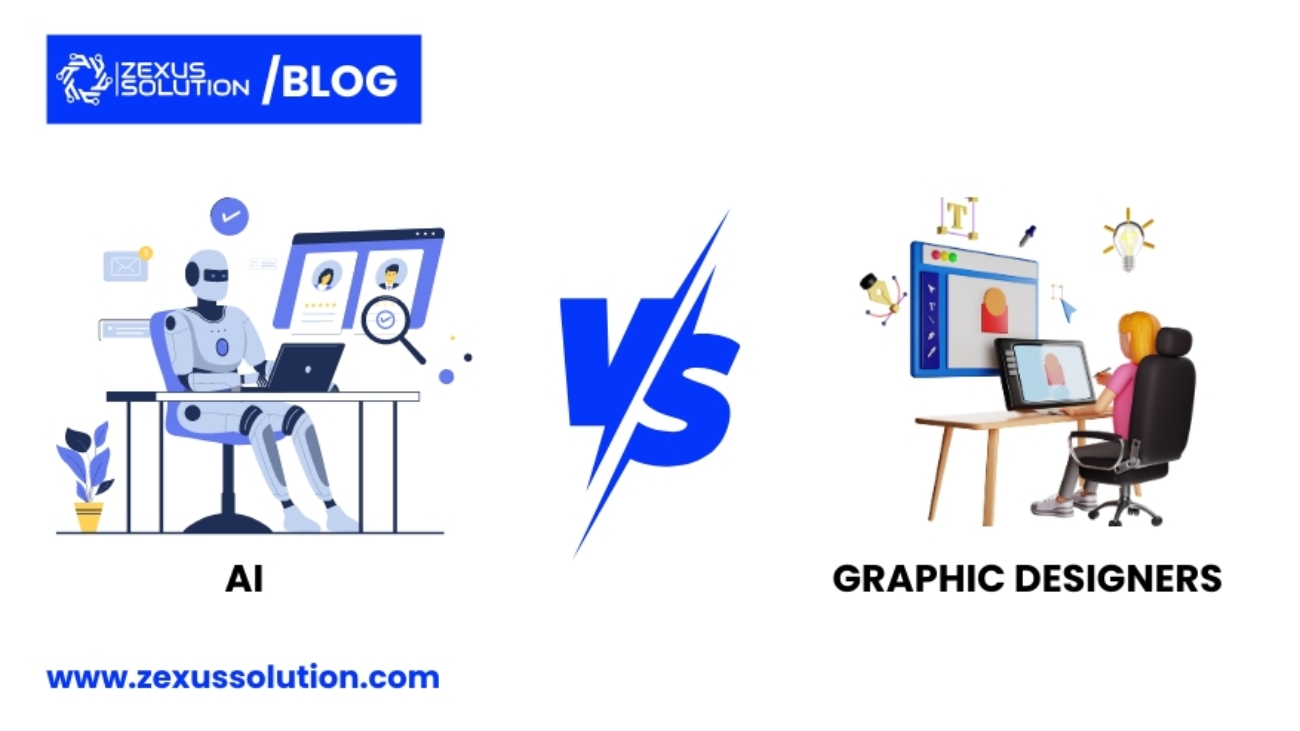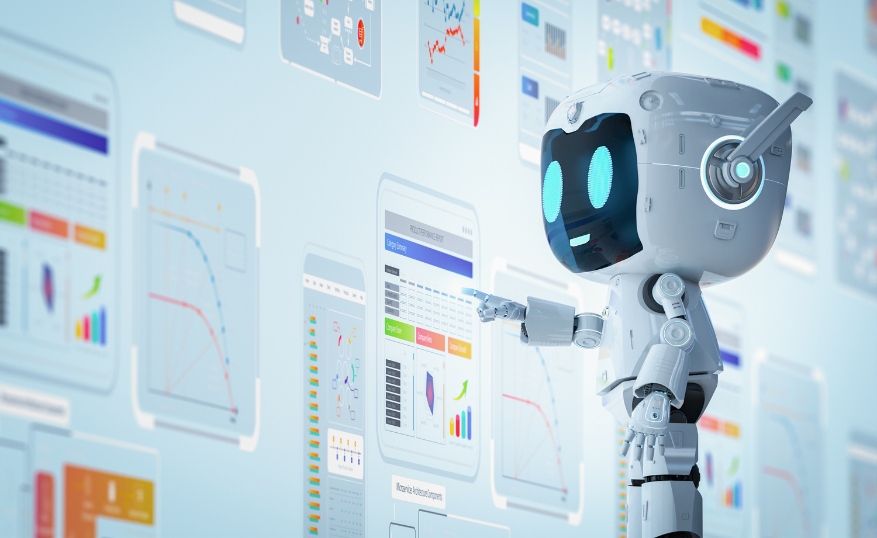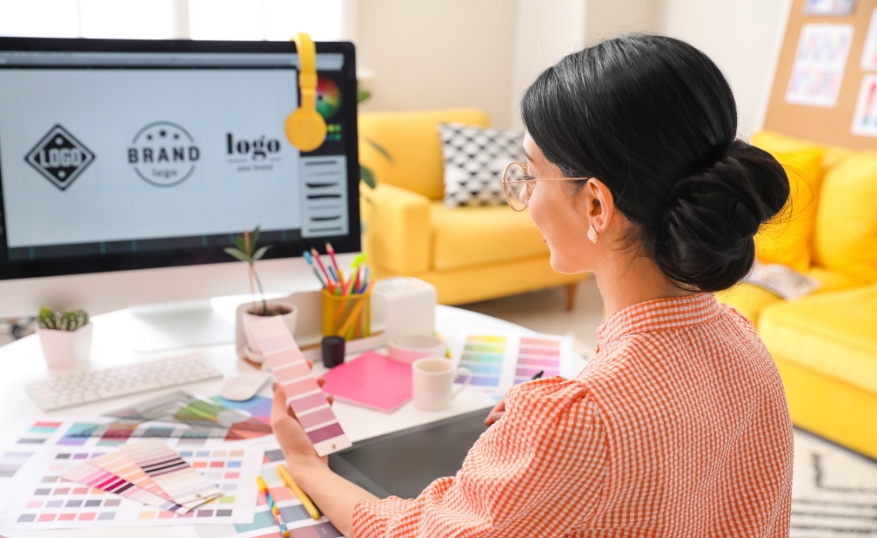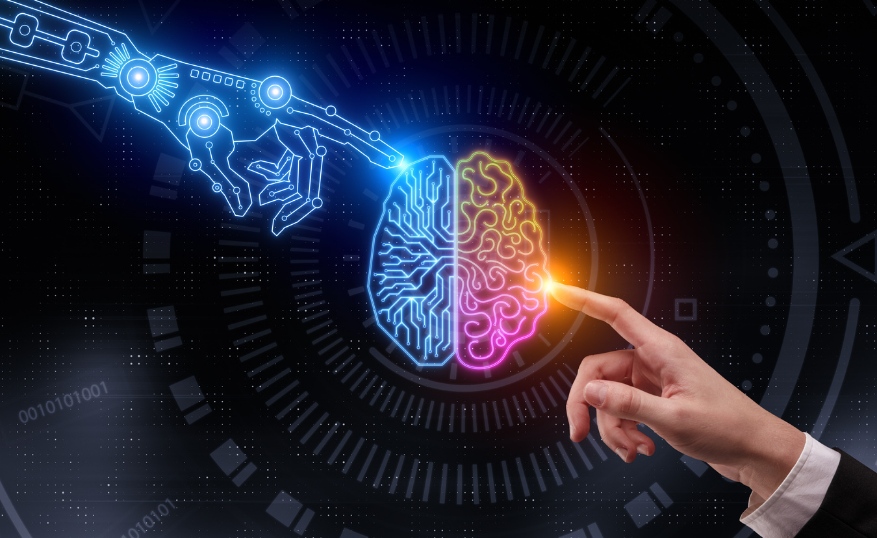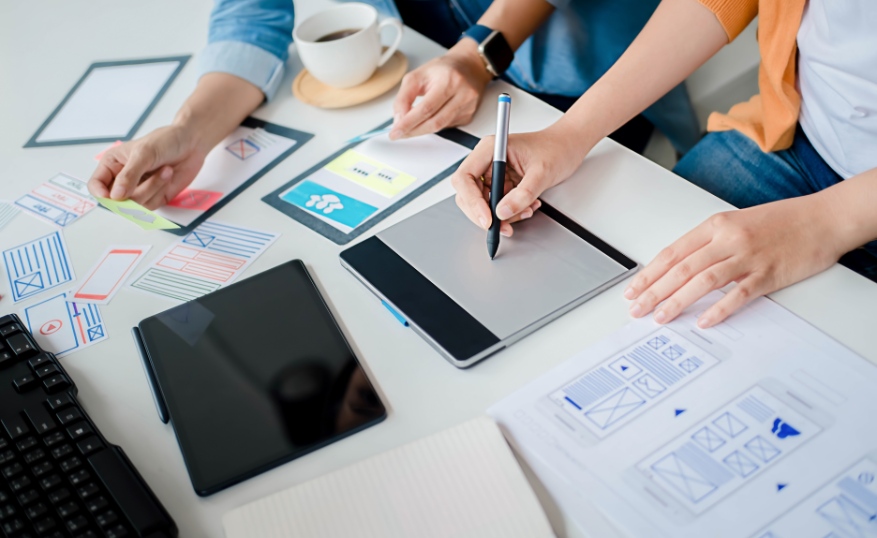Table of Contents
When we talk about graphic design, we know it is an extensive field that demands creativity and technical skills to communicate a message visually. To make an appealing design, every designer must know the essential elements of graphic design since, without basic knowledge, it’s impossible to become a good designer.
In this blog, we will delve into the fundamental graphic design elements. While seasoned professionals might already be familiar with these concepts, revising the basics can be beneficial. For those new to the field, understanding and memorizing these elements is crucial.
However, it would be too much to do, right? No, worries you can save this blog and make it your go-to source. So, let’s start and explore the 15 essential elements of graphic design, providing insights into their application and importance.
Fundamental Elements of Graphic Design
1. Line
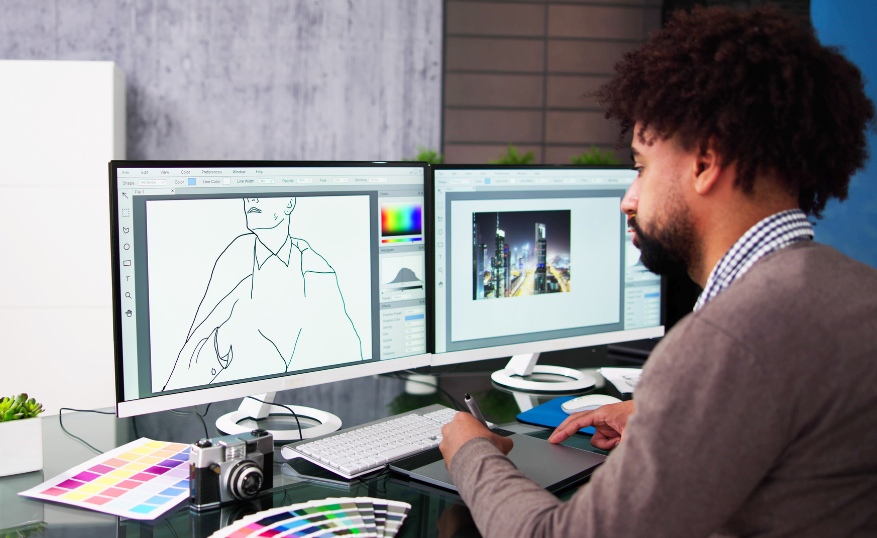
Line is one of the simplest and most necessary elements of graphic design. It can define shape, formulate surface, and establish direction in a design. Lines can be thin or wide, straight or curved, and help in joining, dividing, or distributing components.
It is quite expressive and can be used in portraying different emotions and interaction patterns based on their shape and direction. Proper use and application of lines can indeed add immense value to the overall design strategies.
2. Shape
Shapes are the basic graphic design elements that are required to create any layout. Some are geometric – circles, squares, or triangles – and some are organic – free form and based on natural curves and shapes. Shapes are mainly employed in making illustrations as well as logos and other graphics.
They can elicit different emotions or represent different concepts. The orientation and application of certain shapes go a long way in helping consumers remember a brand or even the product name.
3. Color
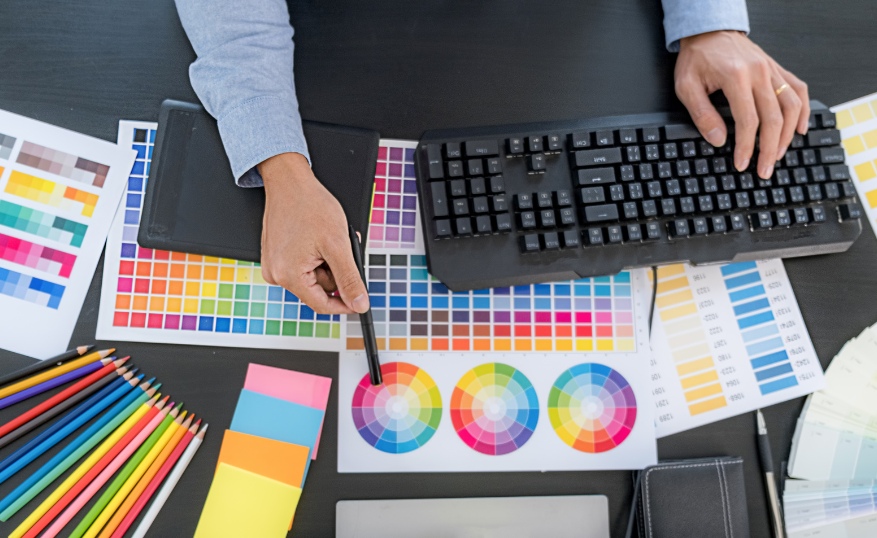
Of all the elements used in graphic designing, color is very crucial as it evokes or controls feelings and perceptions. By expressing key elements for creative graphic design through color, designers can draw the audience’s attention to specific information, set the mood of the event, and trigger emotions.
Based on the graphic design principles it is crucial to familiarize the basics of color theory such as the color wheel and what complementary and analogous colors are, as well as color harmony. Research shows that 85% of consumers believe color is the primary reason for purchasing a product.
4. Texture
Texture means the surface quality of a design, it can be optical (implied) or tactile (physical). A sophisticated use of texture can be visually stimulating and can make the design more attractive. It can be achieved by patterns, pictures, or generally any form of media that can mimic various textures.
To the designers, who provide their creative design services and do not necessarily associate aesthetics and usability, using texture truly adds depth and value to the work.
5. Space
Space, or the lack of it referred to as negative space, is the area between and within the elements of a designed product. Expressing key elements for creative graphic design like space can define the success or failure of a composition. A correct arrangement enables balance, directing the viewer’s attention to a specific area.
It also helps avoid situations where a design looks too much and all over the place. As shown in studies, the right application of space may boost comprehension by up to 20%. Using space wisely plays a central role in enhancing the aesthetic value and the usability of the graphic designs especially when delivering them for the services.
6. Form
Form refers to the shape, position, depth, and size of the object which can be actual or implied through shading and perspective. The illusion of form can enhance the perception of reality within the composition, thus giving the audience a more sensational look and feel of the image.
For people who are into the business of 2D and 3D animation services, mastering forms is especially important if you want to come up with a realistic and dynamic design.
7. Typography
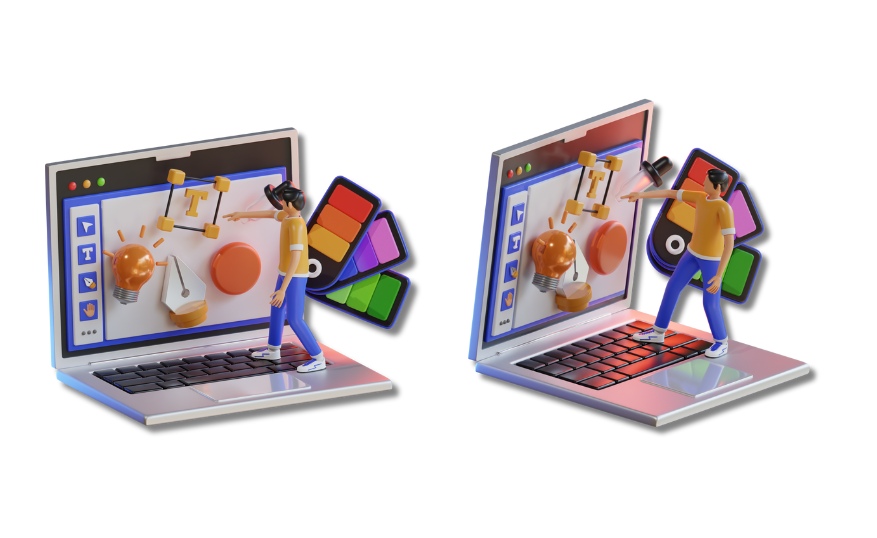
Typography refers to designing or typing text, particularly in a structured format. It includes decisions about what type of font would be appropriate, how letters will be spaced, and how different typefaces will interrelate with each other.
Typography makes it easier for the readers to comprehend the message by improving the overall look of the text. As per the research, effective typefaces can increase the reading speed of reading by 35% while maintaining comprehension rates.
8. Balance
Balance is said to be the symmetry of weight within designs. There are two types – symmetrical is when the two sides are exactly equal while asymmetrical is when the sides are different but in balance. Balance helps one avoid a distorted appearance of the design as this will make it appear more natural and well-placed.
When offering graphic design services, the necessity of balance is paramount to producing comprehensive and qualitatively aesthetic Graphics/Compositions.
9. Contrast
Contrast is when objects are put side by side to highlight dissimilarities between them. They can be differentiated based on their color gradient, size, or form. This technique helps in achieving variation and influences viewers’ attention towards certain sections of a design.
For custom graphic design, contrast can be a powerful element in helping your designs to stand out and be noticed.
10. Hierarchy
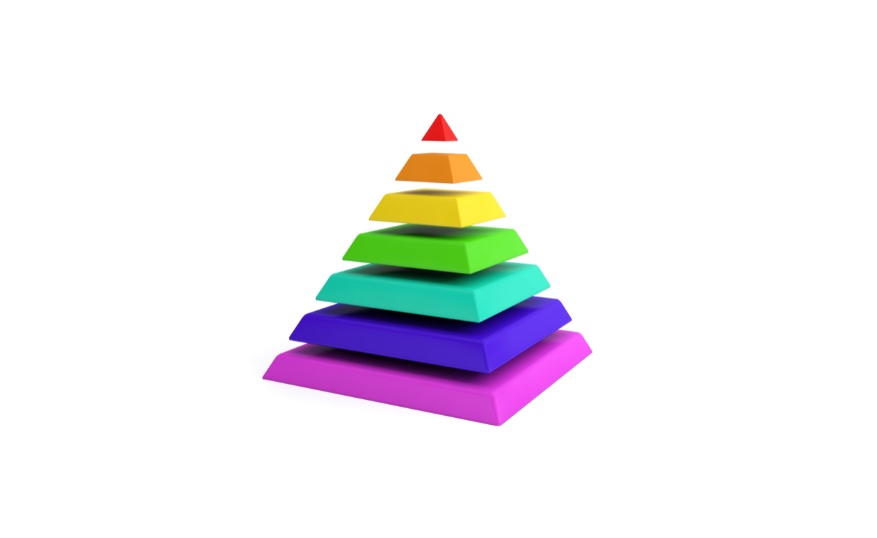
Hierarchy means a way of organizing components in a way that they represent their positions in categorical order. It leads the attention of the viewer along the design in a particular sequence and makes the necessary focus on particular information.
Various possibilities can help create a hierarchy such as size, color, and position. Users prefer engaging with designs that have a clear effective visual hierarchy.
11. Repetition
Rhythm and repetition is a concept where an identical or similar feature is used in a design to attain harmony. It can be used for strengthening a concept, connecting related elements in a design, and providing unity to a piece. Reuse of design assets can raise brand awareness. Repetition is one of the key ways of developing a strong and coherent image for the brand.
12. Alignment
Alignment means the position of the objects in a tabular form so that objects have a corresponding matching side as the others. It provides proper spacing and direction to the design which makes it look neat and thus a lot more organized. When it comes to custom graphic design projects one of the key parameters that help to enhance the general look and usability is proper alignment.
13. Proximity
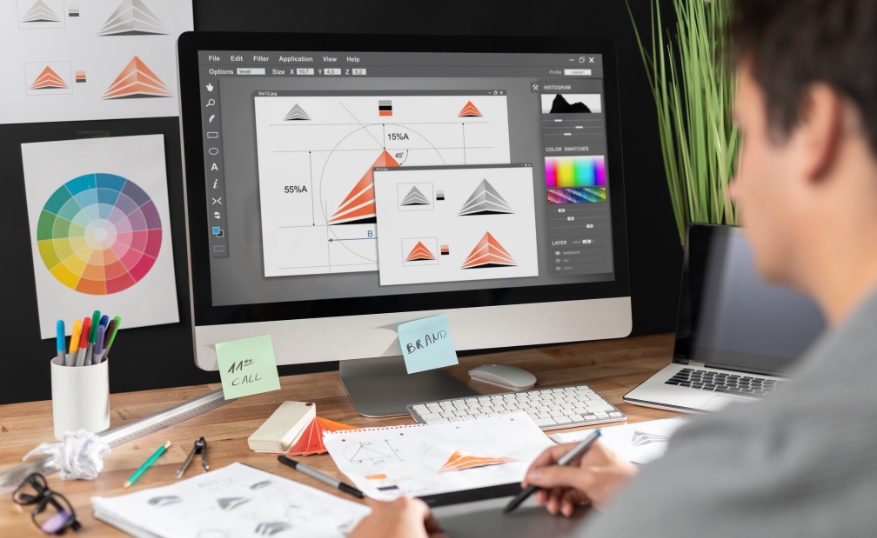
Proximity is also the technique of placing similar objects close to each other to enhance the association between these objects. It is useful in sorting out information about objects and simplifies the structure of the design for better understanding.
When designers get the principle of proximity right, the cognitive load is decreased, enhancing the user experience. Proximity is thus a critical feature that should be well utilized while creating a design to enhance the comprehension of different arrangements that are present within a layout.
14. Movement
In graphic design, movement is understood as the direction the viewer’s eyes follow when looking at a design. If done intuitively, movement can direct the viewer’s attention to areas in need of attention and make an experience interactive and fun.
This can be done through lines, shapes, colors, and other patterns used in an organizational culture of graphic design elements. For those who offer 2D and 3D animation services, they must possess knowledge of movement for the creation of smooth and visually appealing animations.
15. White Space
Negative space, also referred to as white space, is the space surrounding and between objects. It is useful to create balance, point out certain aspects, and enhance the design. When it comes to its application, white space can help a design look more professional and refined.
Conclusion
Grasping the knowledge about these 15 elements of graphic design is essential for creating effective and visually appealing designs. No matter whether you are offering graphic design solutions or you are focused on specific graphic design projects, those elements form the foundation of your work.
As the industry is evolving rapidly, with the emergence of AI vs graphic designers controversies, it is crucial to note that, although AI design tools help designers, but human input is still crucial in creating extraordinary design.
Thus, continuous learning and awareness of emerging trends make it easier to provide excellent graphic design services to your clients and audience. Always remember that great design is about presenting ideas effectively while looking good.

